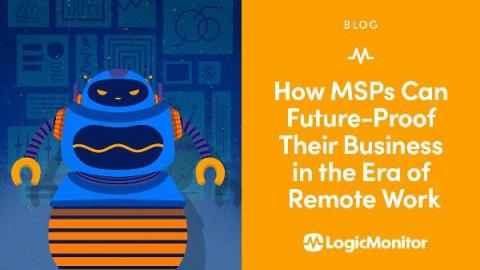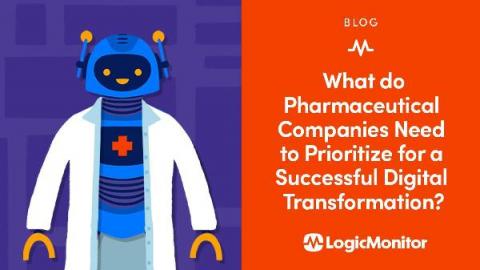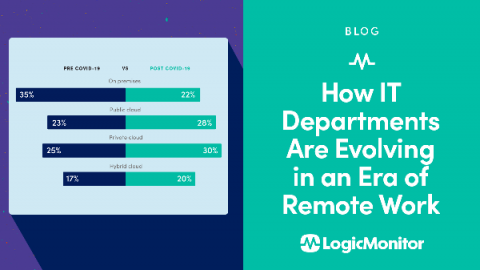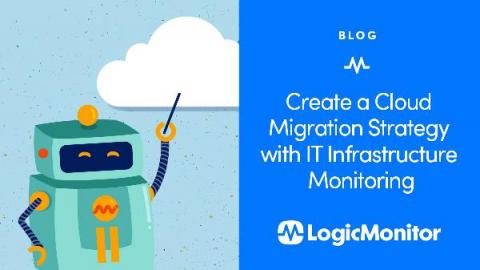Best Certifications for IT Professional Careers
The job market for IT professionals right now is challenging. Whether you’re seeking your first job in IT or looking to further your career into a more pronounced and distinguished role, certifications serve as a way to separate from the crowd of applicants. Certifications show a functional level of proficiency, often making them more valuable than college degrees in certain entry-level positions, and just as valuable as years of experience in more established roles.











